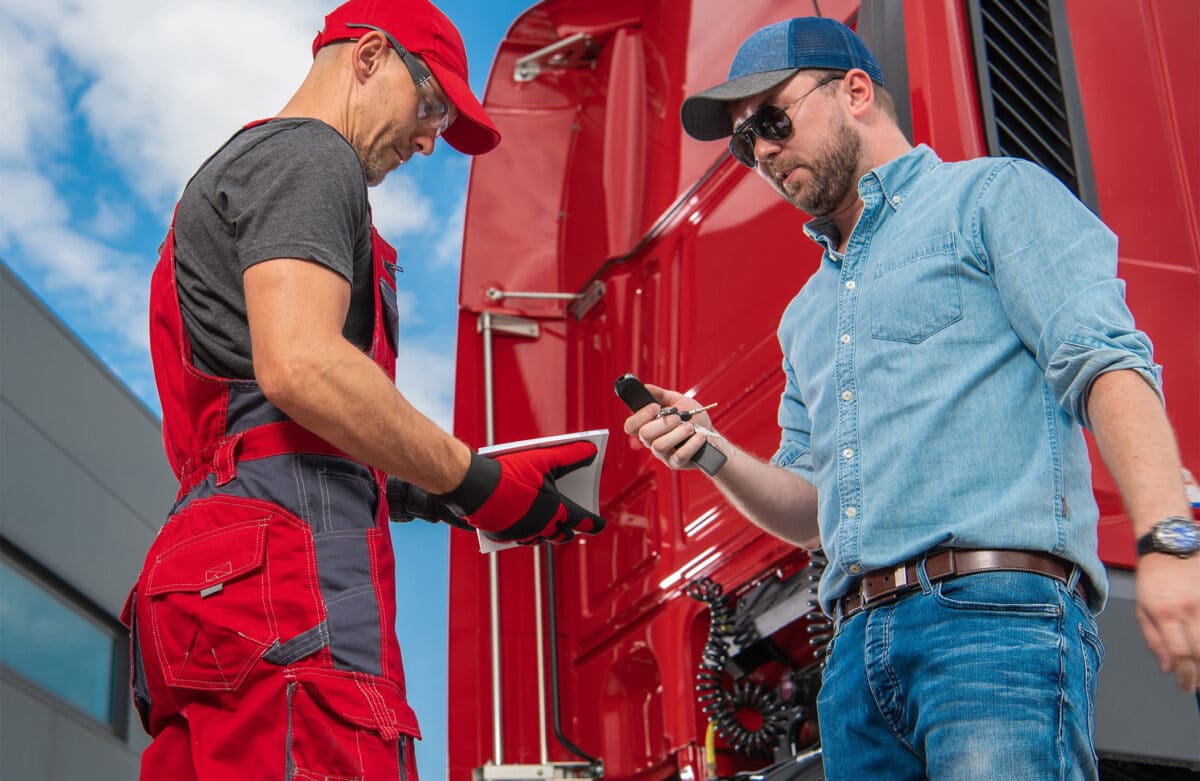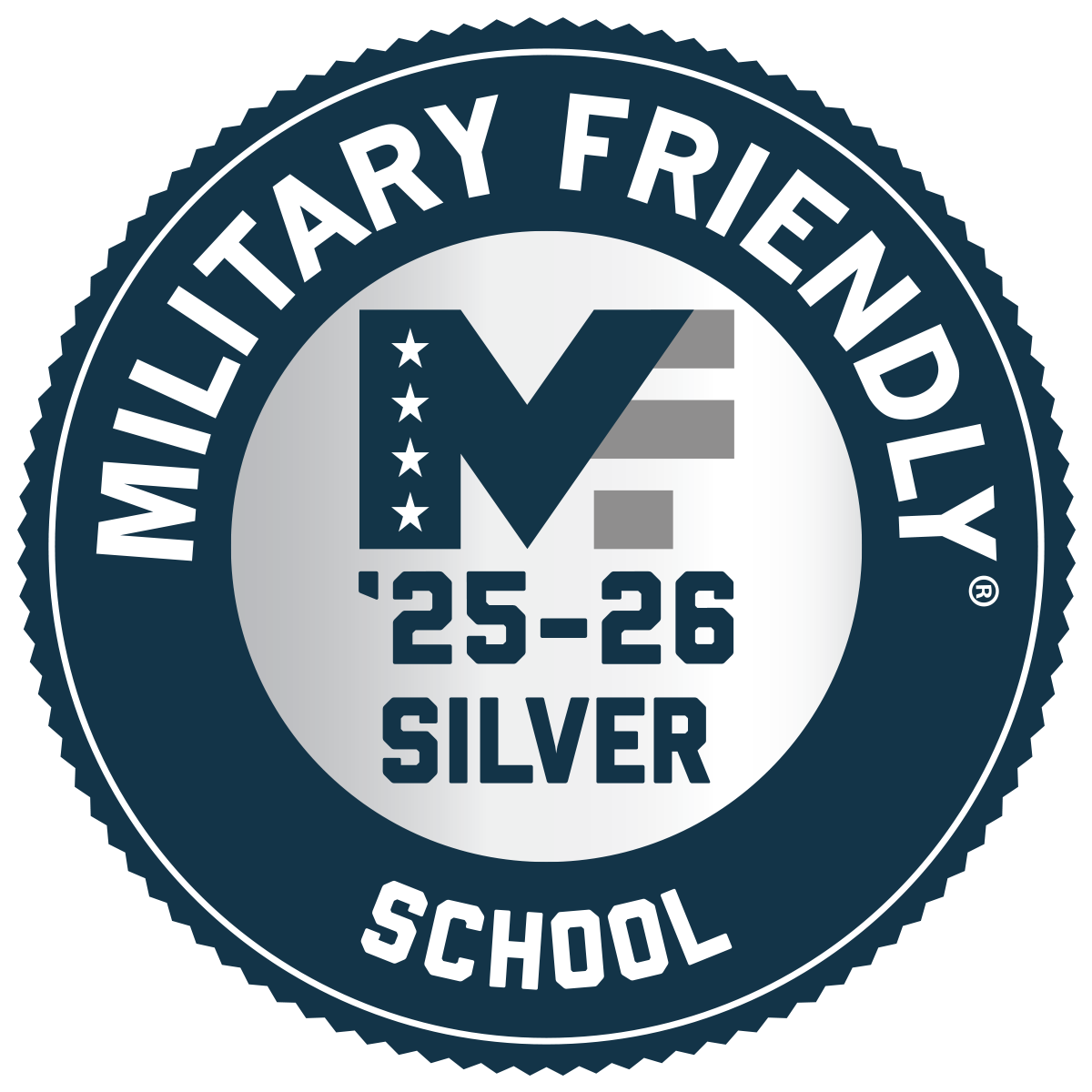Truck driving can be a rewarding career, offering freedom, good pay, and the chance to see the country. But it also comes with long hours, time away from home, and physical and mental stress that can lead to burnout. For companies and drivers alike, retaining good drivers is crucial to success. Here are some key driver retention strategies to help you stay in the game and avoid burnout.
Prioritize Health and Wellness
Your health should be a top priority on the road. This includes both physical and mental health. Small habits can make a big difference. Pack healthy snacks to avoid relying on fast food, take breaks to stretch, and aim to get enough sleep, especially during long hauls.
Mental wellness is just as important. Many drivers experience feelings of isolation, but staying connected with family and friends, even while on the road, can help. Apps that allow for video calls and messaging make it easier than ever to maintain those connections.
Manage Time Effectively
Time management is key to avoiding burnout. Try to create a balanced schedule where you’re not overworking yourself. Plan your routes ahead of time to avoid delays, and make sure you’re taking advantage of rest stops. It’s also crucial to respect your sleep schedule. No amount of work is worth the risk of driving while fatigued.
Remember, overextending yourself may seem productive in the short term, but it could lead to long-term consequences like burnout, health issues, or even accidents. Work smarter, not harder.
Build Relationships with Dispatchers
A positive relationship with dispatchers can make your job easier and less stressful. Good communication with your dispatcher can help ensure you get manageable workloads and can even result in better routes. If you’re clear about your needs and limits, dispatchers are more likely to help you avoid overly demanding schedules.
Dispatchers who understand your strengths and preferences are more likely to assign routes that keep you motivated and productive, which ultimately reduces the risk of burnout.
Stay Informed and Trained
Staying current with industry changes is another essential strategy to improve truck driver retention. Regulations, technology, and best practices are constantly evolving. The more you learn, the more efficiently you’ll work. Enroll in additional training or certification programs, especially those that keep you updated on driver safety standards and technology trends. Not only will this make you a more valuable employee, but it also makes the job more interesting by giving you new skills and knowledge.
Take Time Off to Recharge
Everyone needs time to rest and recharge. Truck drivers are no exception. Make sure to take time off when you need it. Whether it’s spending time with family, pursuing hobbies, or just relaxing, taking breaks from the road is essential for avoiding burnout. Consistently working without sufficient time off can lead to exhaustion, increased stress, and, eventually, leaving the industry.
Ready to Stay in the Game?
At Yuma Truck Driving School, we understand the challenges drivers face on the road. That’s why our CDL programs emphasize not only skills and safety but also the importance of long-term driver retention strategies like time management and wellness. By enrolling in one of our programs, you’ll learn the essential skills to thrive in this competitive industry while avoiding burnout. Don’t wait—take the first step toward a successful and sustainable truck driving career.




















